
Since the 4th day of the Lunar New Year, workers of Quynh Luu Irrigation Enterprise (under Bac Irrigation Company Limited) have been operating to get water throughout the canal system to irrigate spring rice, making it convenient for people to take care of the rice.
Present at the fields of Quynh Yen commune, Quynh Luu district at this time, the rice is in the rooting stage, green and lush, all the rice fields are "full" of water, farmers have gone to the fields to fertilize the rice. Mr. Tran Van Truat - Head of Quynh Ba cluster of Quynh Luu Irrigation Enterprise said: Quynh Ba cluster consists of 18 workers, responsible for operating irrigation canals for over 3,000 hectares of rice in 10 communes in the district including Quynh Ngoc, Quynh Hung, Quynh Yen, Quynh Hau, Quynh Ba ...
Before, during and after Tet, we took turns regulating water on the canal system, ensuring water for spring rice in even the downstream areas.
Mr. Nguyen Viet Thuong - Director of Quynh Luu Irrigation Enterprise added: The unit is responsible for irrigating more than 5,984 hectares of rice, of which the dam area is 1,200 hectares. Right from the first day of Tet, the enterprise has allocated workers to operate from the main canal system, dams and pumping stations to bring water to the rice fields. Handling weak canals clogged by garbage and water hyacinth to ensure the water source is always clear.
Mr. Nguyen Xuan Long, Acting Chairman and General Director of Bac Nghe An Irrigation One Member Co., Ltd. said: The unit provides irrigation water for the spring rice crop with an area of over 30,000 hectares for 5 key rice districts including Yen Thanh, Do Luong, Dien Chau, Quynh Luu, and Hoang Mai town.

In order to ensure water for spring irrigation, the unit has arranged workers to take turns on duty during Tet, regularly check key works, reservoirs, main canals, and promptly operate water sources, ensuring that 100% of the area has water sources.
In Thanh Chuong district, since the first day of Tet, workers have been actively operating pumping stations along the Lam River. Mr. Nguyen Hong Quan - Head of the Cat Van Commune Pumping Station (under Thanh Chuong Irrigation Limited Company) shared: Cat Van Pumping Station provides irrigation water for over 120 hectares of rice in Cat Van Commune, Thanh Chuong. At the beginning of the production season, the Lam River water source was low, the station was suspended, and due to the above situation, the unit had to connect an additional 5 meters of tap to get water.

Before, during and after Tet, we took turns pumping water. The pumping system consists of 3 pumps with a capacity of 3,300 m3 /hour and is currently pumping 24/7. To achieve efficiency, we regulate water reasonably on the canal, not letting water overflow the canal, causing water waste, electricity loss, etc.
A representative of Thanh Chuong Irrigation One Member Limited Liability Company said: The unit irrigates 7,100 hectares of spring rice, of which over 2,000 hectares depend on water sources along the Lam River. Since the beginning of the production season, there have been many difficulties with water sources (the Lam River is dry), so up to now, 3/9 pumping stations are not operating, including Thanh Hung 1, Thanh Hung 2, and Dong Van pumping stations.
Faced with the difficult situation of water resources, the unit had to maintain and repair pumps, connect pump pipes to 3/9 pumping stations. The unit directed the pumping stations to be on duty 24/24 hours when the Lam River water level rises, deploying pumping at full capacity to serve spring rice irrigation.

The representative of the Irrigation Sub-Department added: With the current water resources situation, water supply for agricultural production in the Spring crop of 2024 can basically meet the demand. However, it is expected that in the middle and late dry season months of 2024, there will be difficulties with the risk of drought, water shortage, and saltwater intrusion in the highlands and at the end of the canal. Therefore, localities and irrigation management units need to soon have a plan for water supply, drought prevention in the Spring crop and water saving for the Summer-Autumn - Winter crop of 2024.
To ensure water supply for the 2023 Spring rice crop and proactively prevent and combat drought and saltwater intrusion, the Irrigation Department recommends that localities and units promptly develop a water supply plan for the 2024 Spring crop production. Based on the ability to balance water resources (at the end of the rainy season), arrange a reasonable crop structure; promptly adjust production and water supply plans when water resources change.

Localities coordinate and are ready to take water and store it in the system and in the fields when hydropower plants release maximum water to serve production. Manage water distribution reasonably, implement rotational irrigation between areas in the system and rotational irrigation between projects in the region.
Implement measures to prevent saltwater intrusion deep into the fields, strictly control water quality to prevent saltwater intrusion. For irrigation systems, speed up the repair of canals, works, electromechanical equipment, dredging of channels, suction tanks of pumping stations, ensuring 100% of works are ready to operate for production.

For the drainage system, focus on dredging and clearing the drainage system (especially the internal drainage canals) that are silted and blocked, ensuring timely drainage when there is rain or flood. At the same time, proactively store water in the internal fields when there is information about unfavorable weather conditions regarding water sources.
In addition, the Department of Agriculture and Rural Development proposed that the Provincial People's Committee direct Ban Ve Hydropower Company, Khe Bo Hydropower Company, and Chi Khe Hydropower Company to continue to prioritize water discharge to ensure water sources for production and people's lives in the downstream area when downstream demand increases.
Source




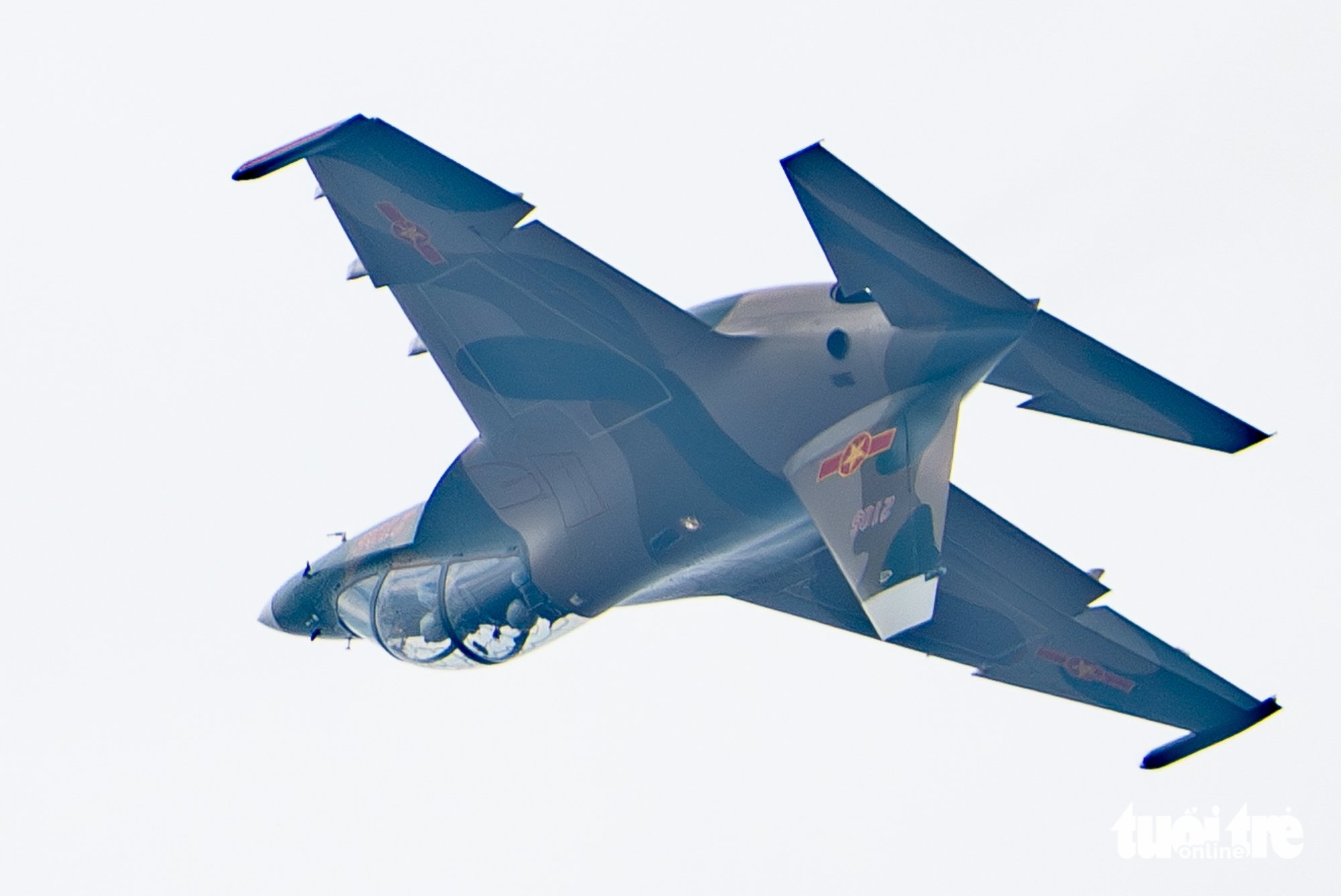


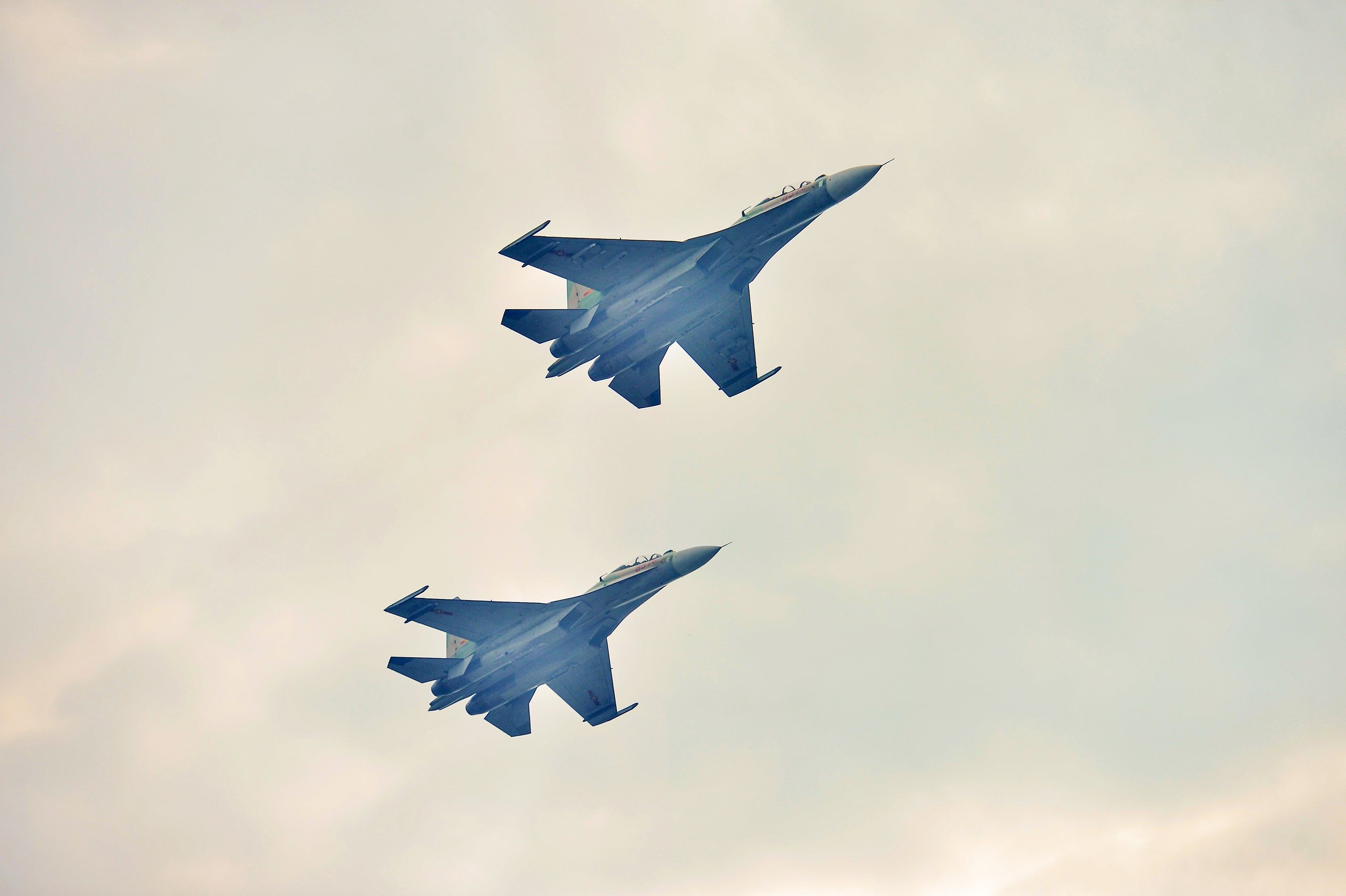

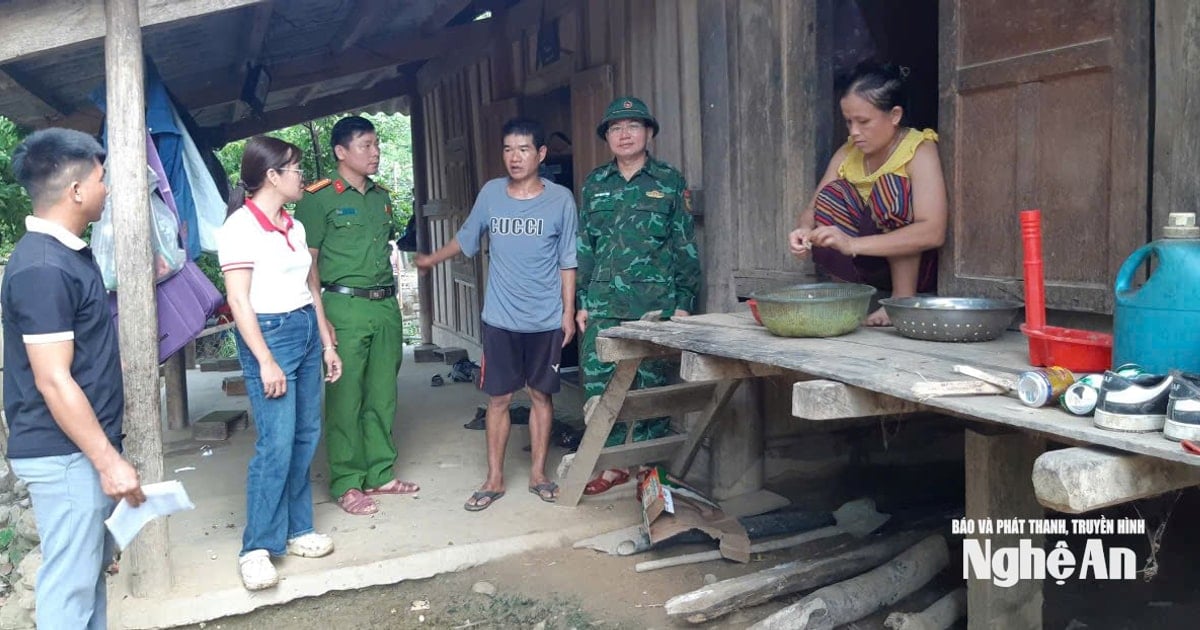

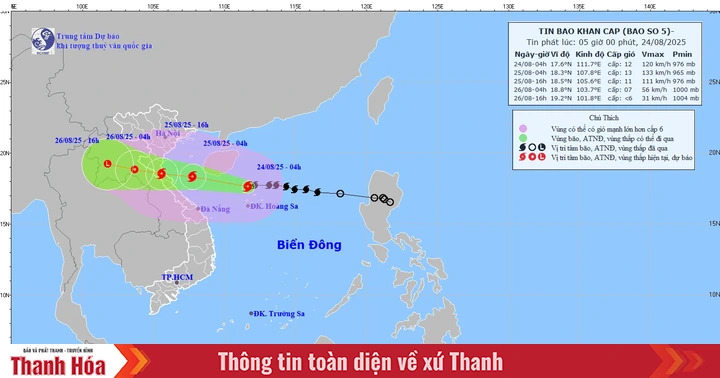

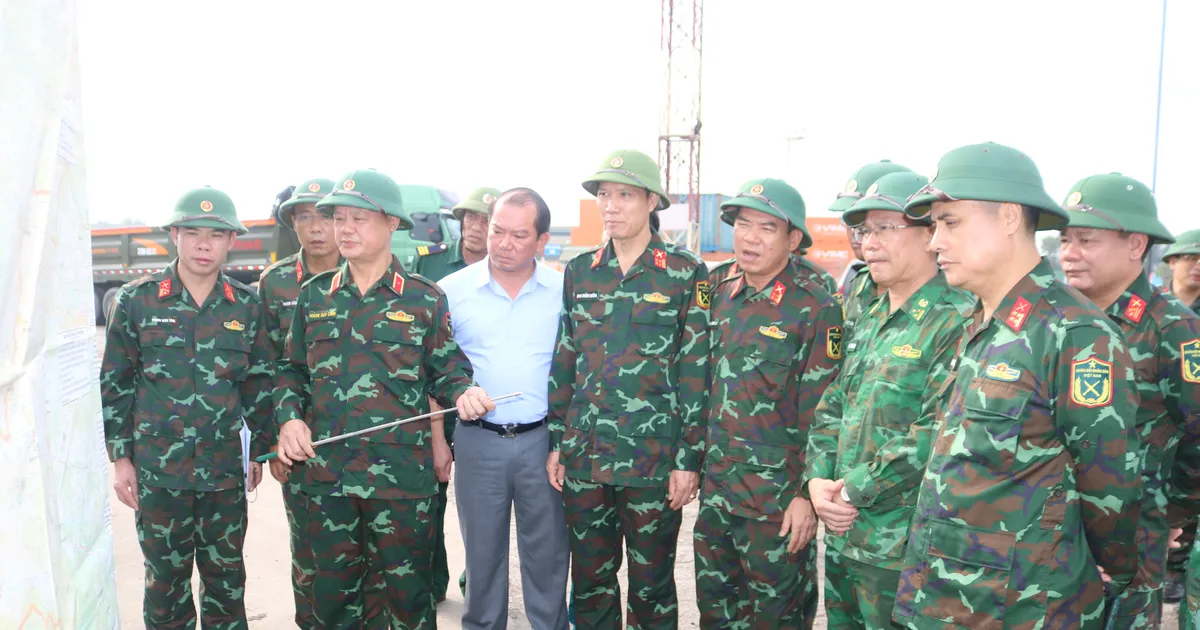

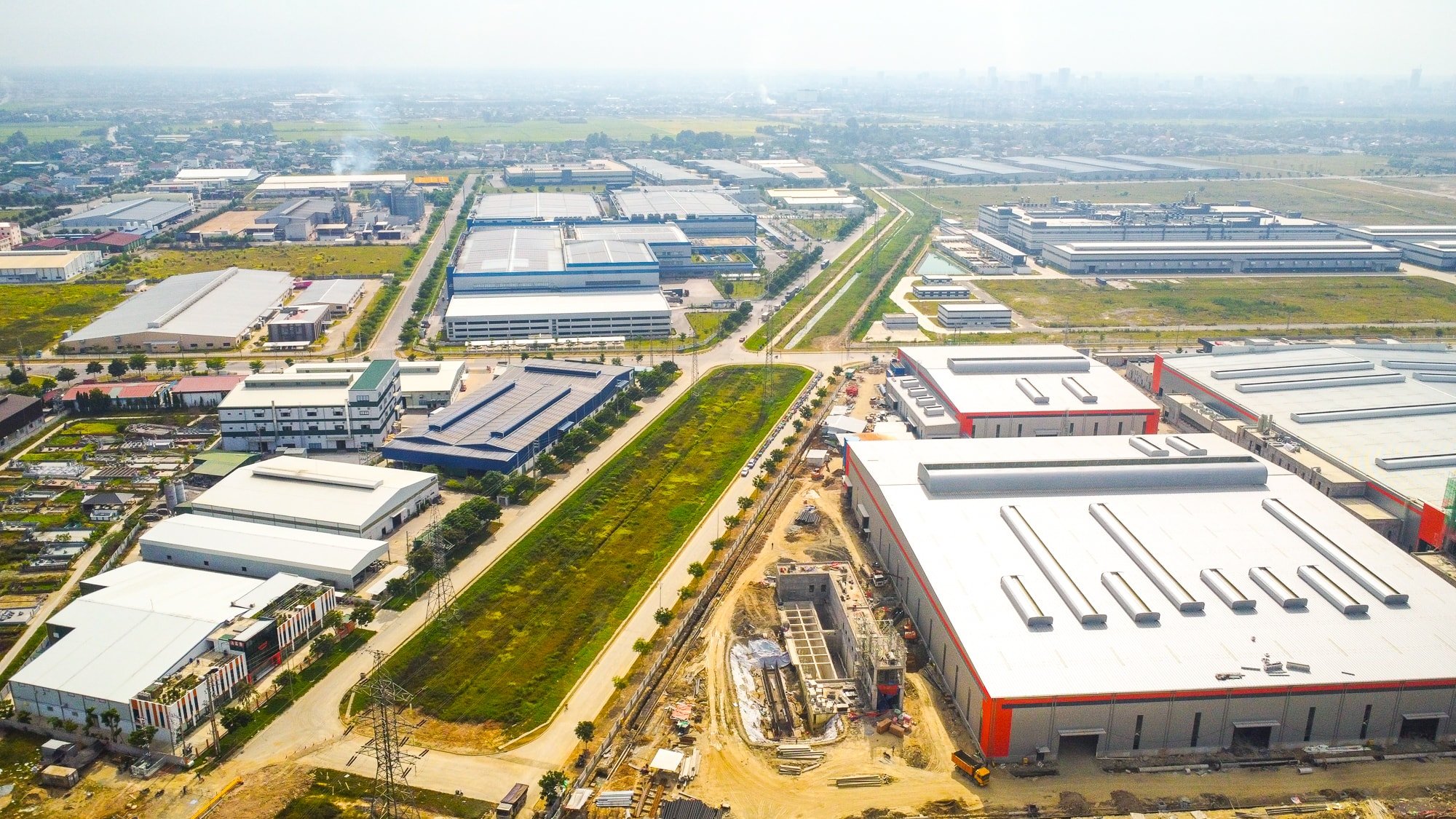
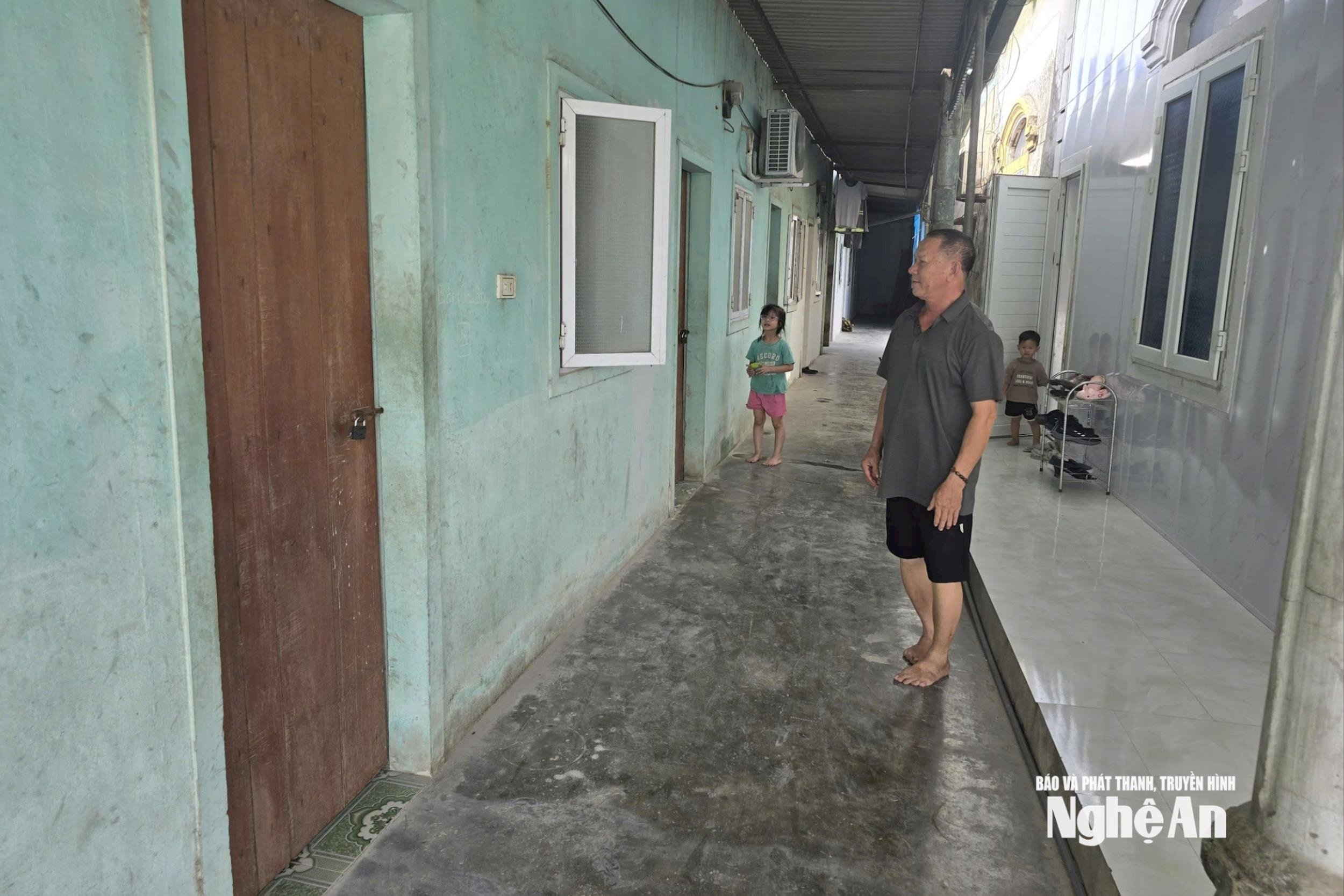
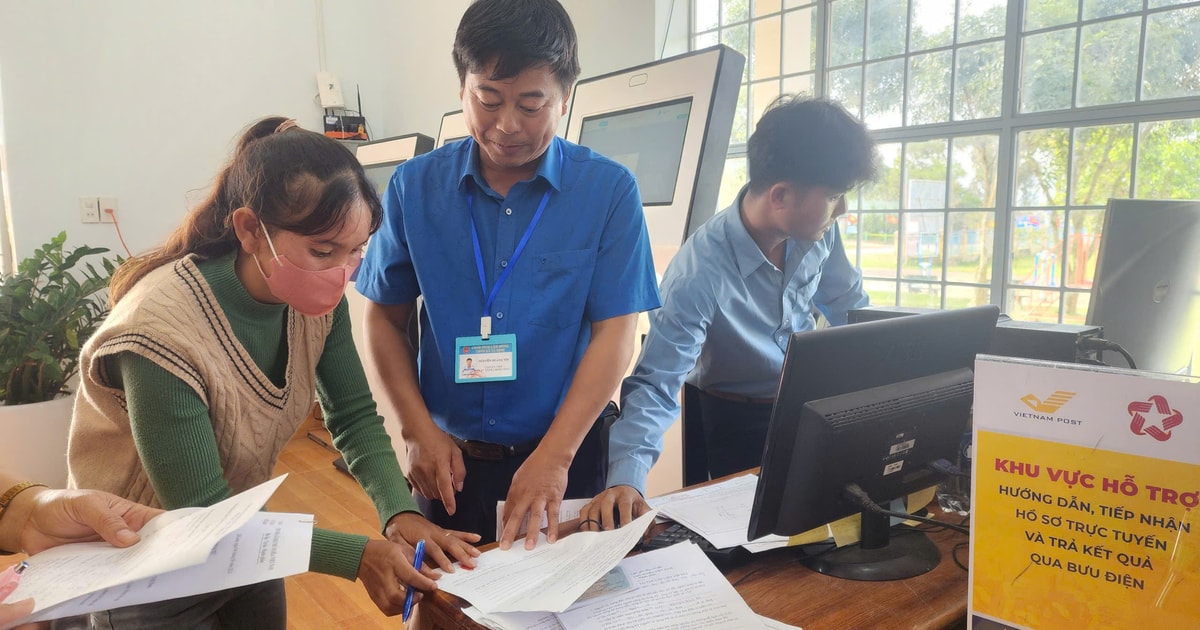

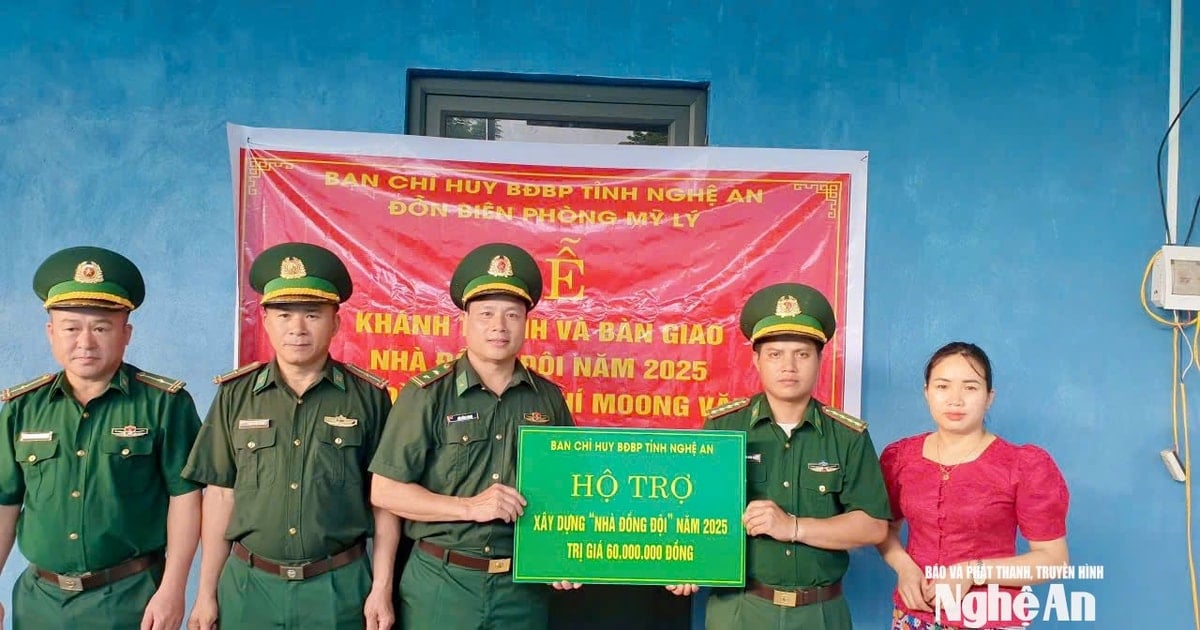
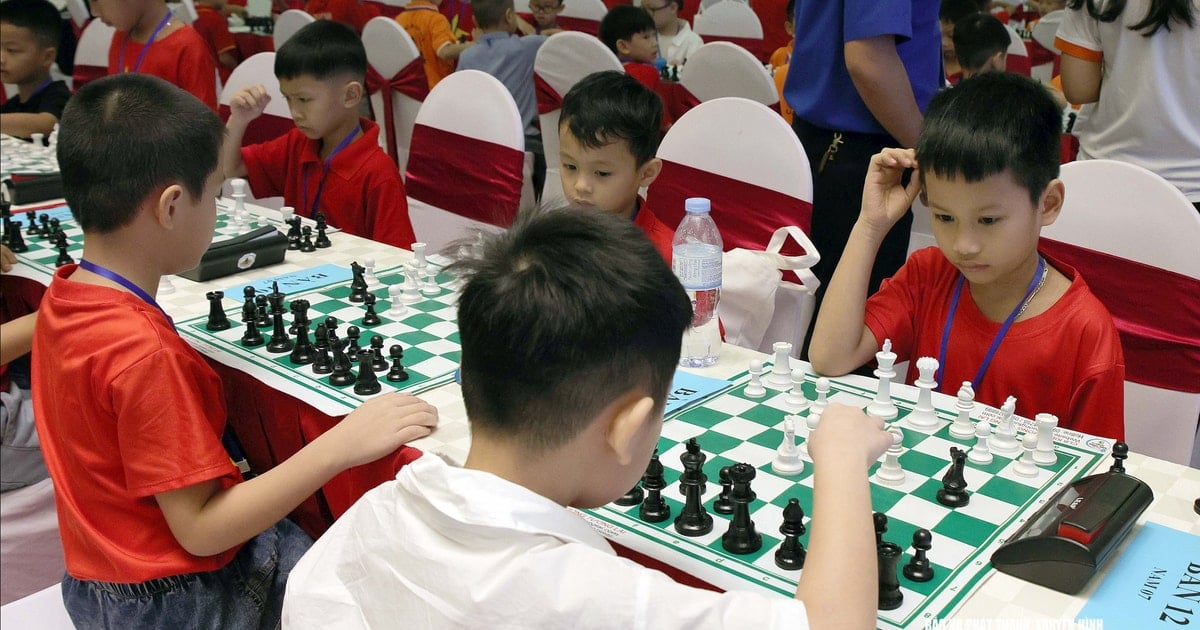
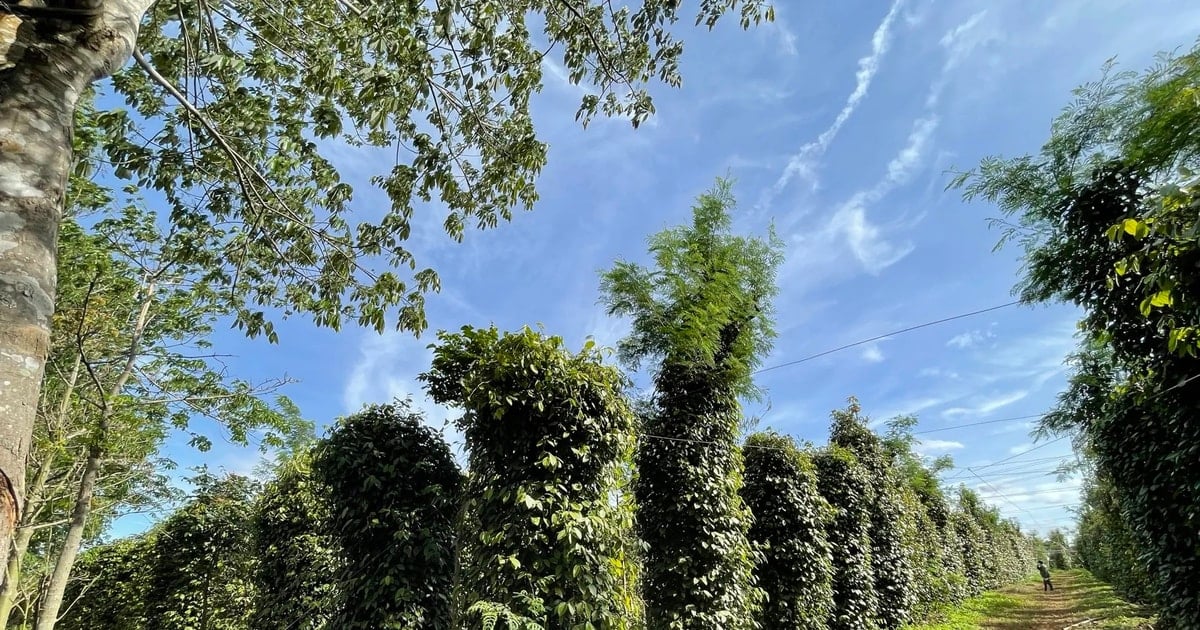
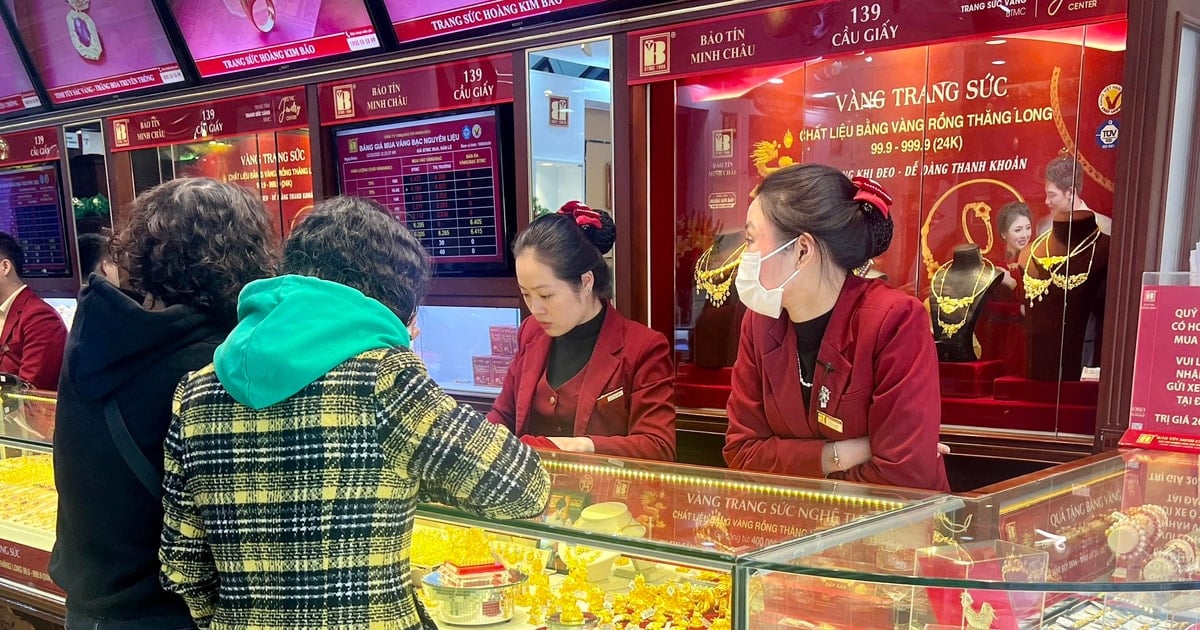
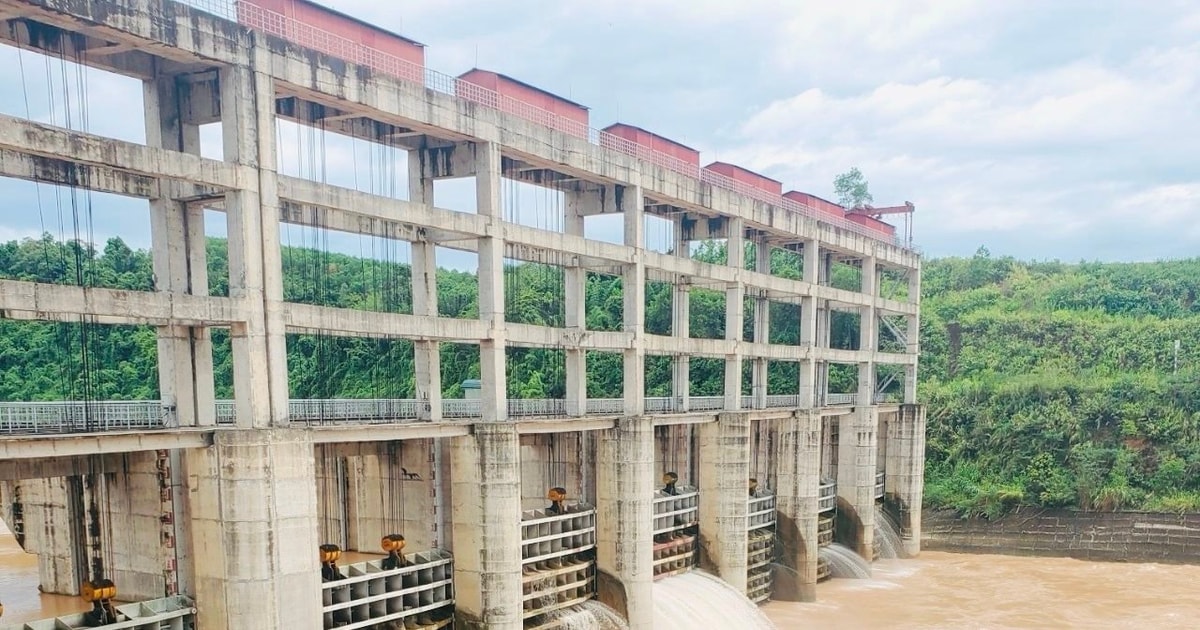
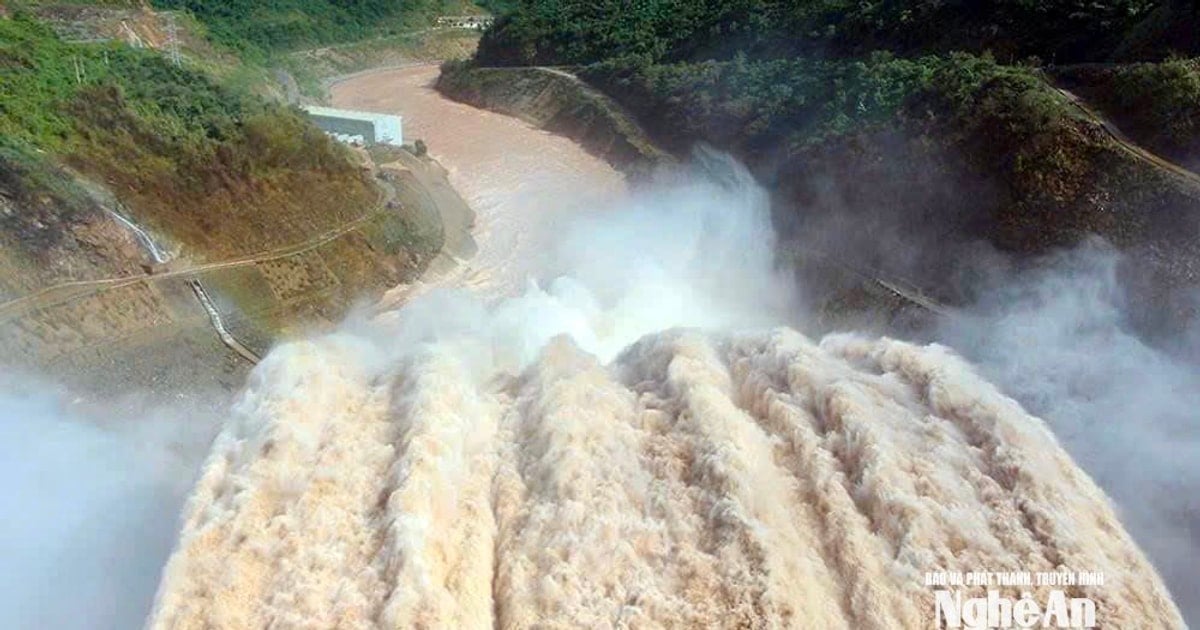


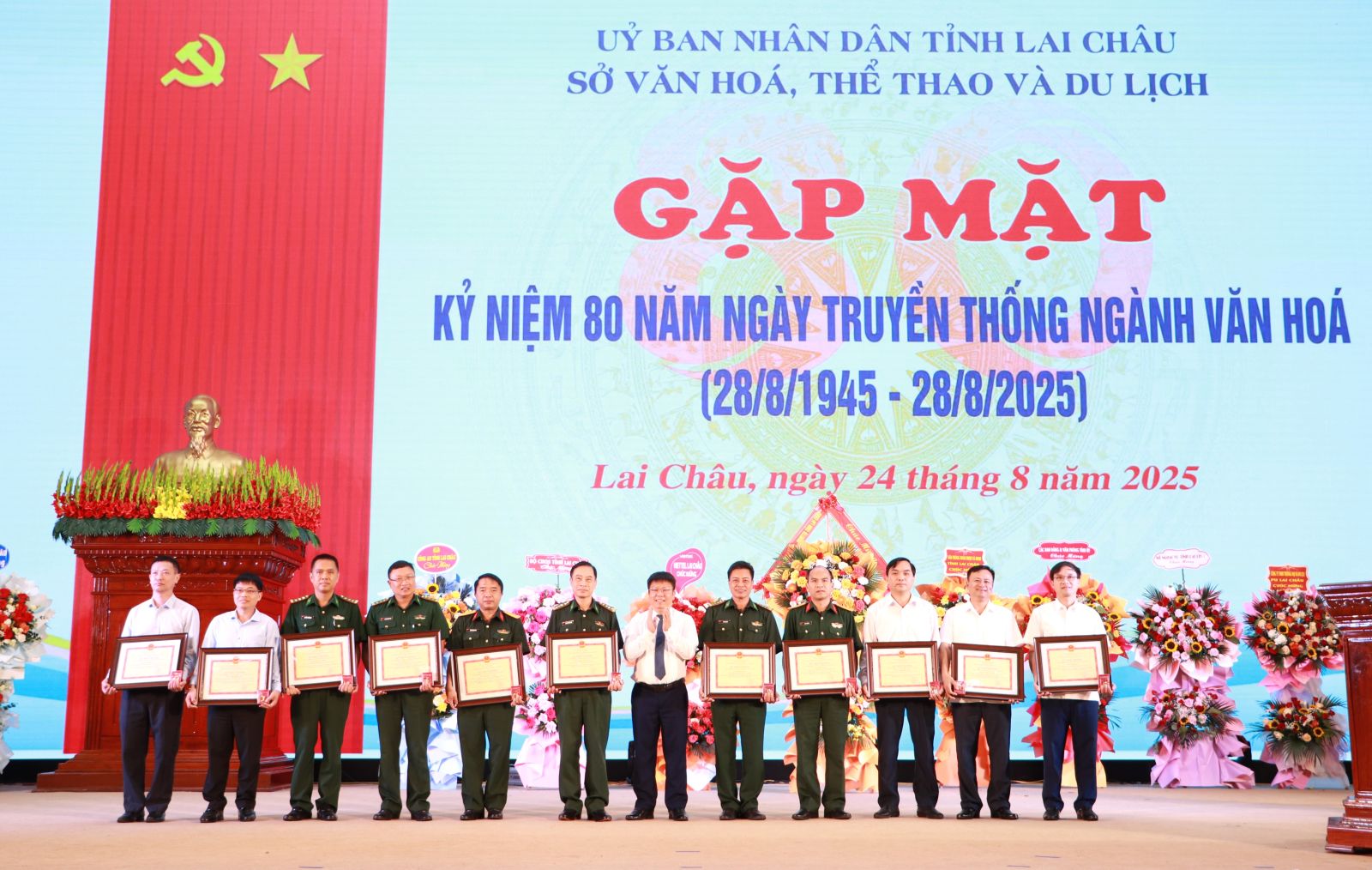
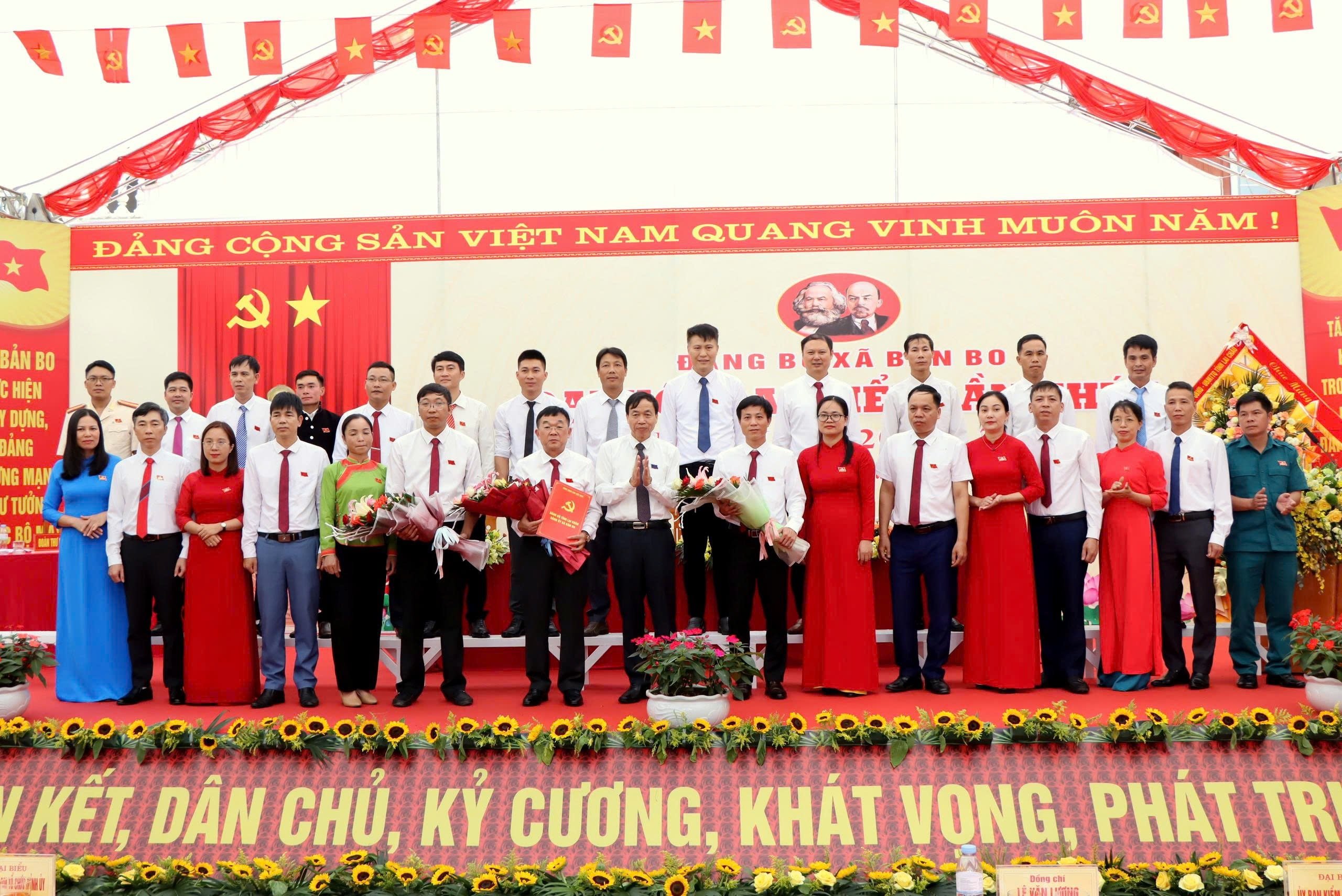
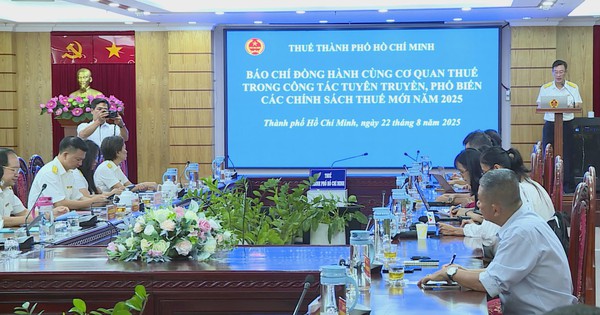
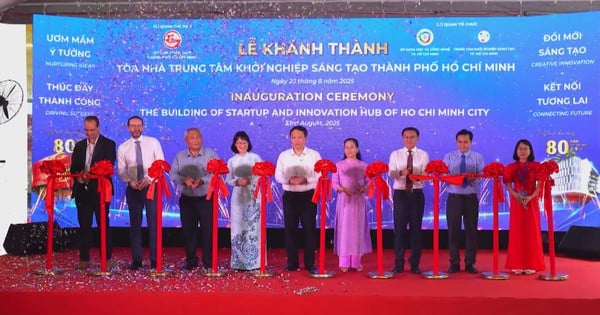


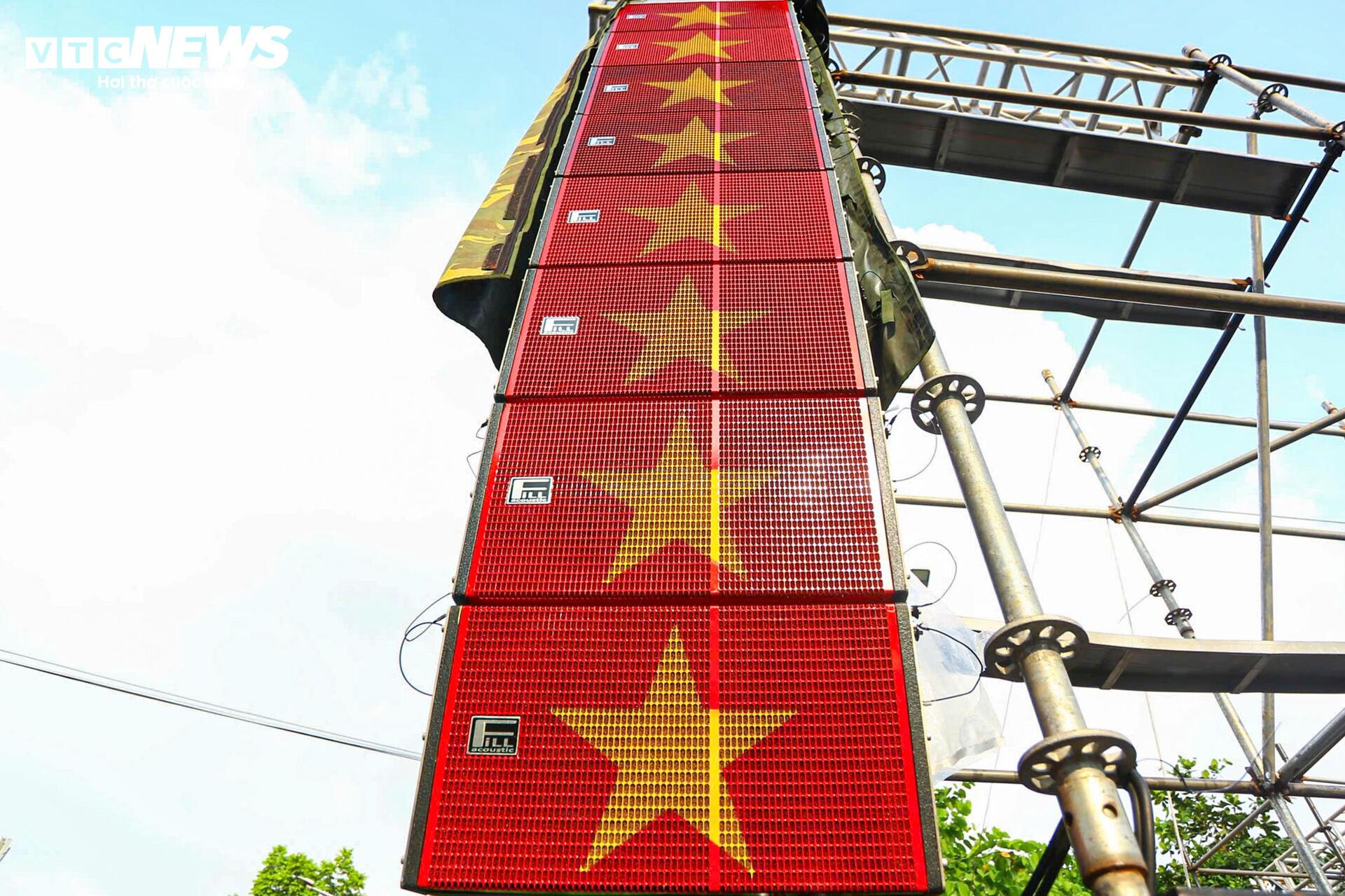
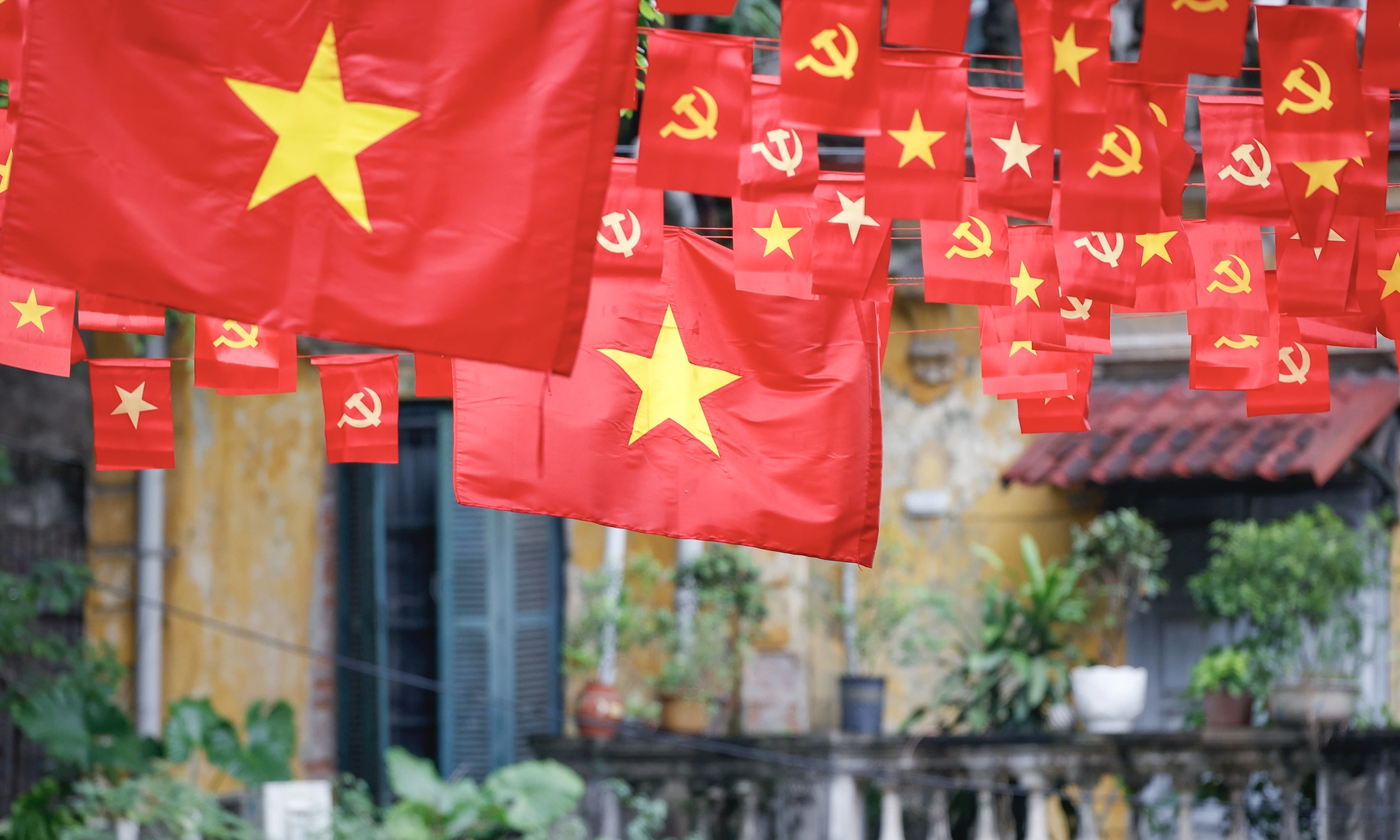
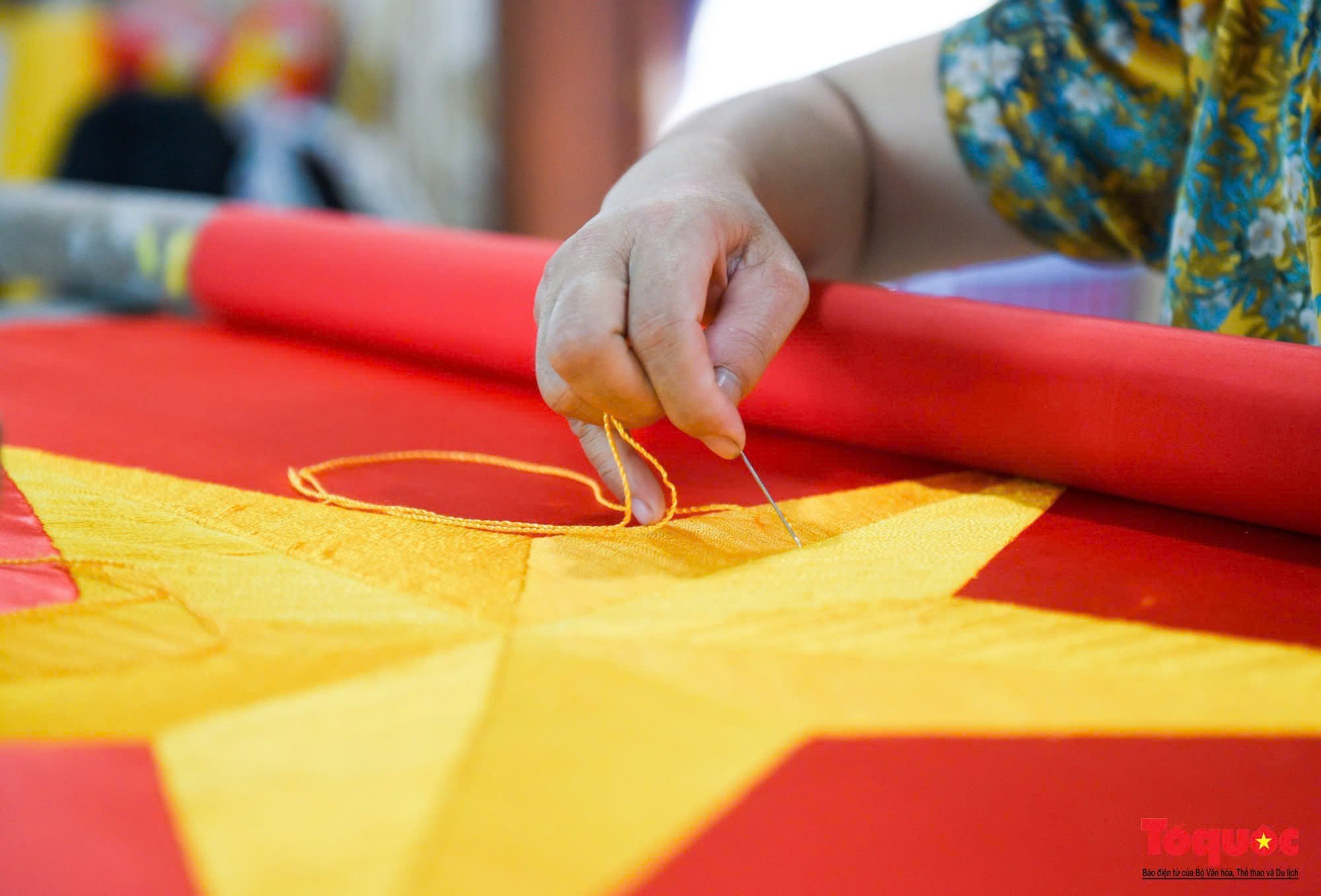






























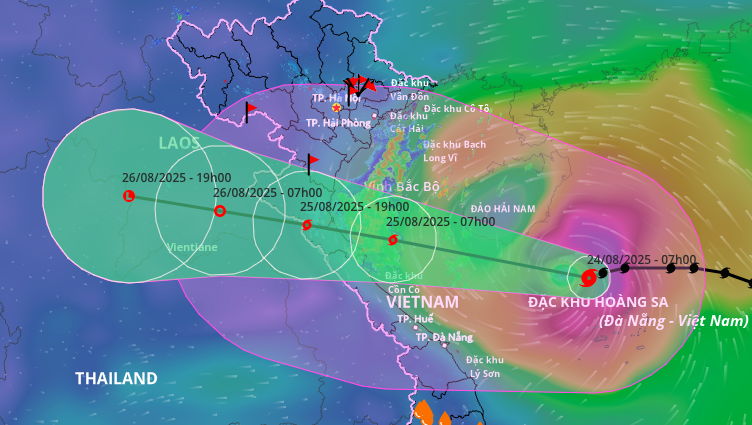






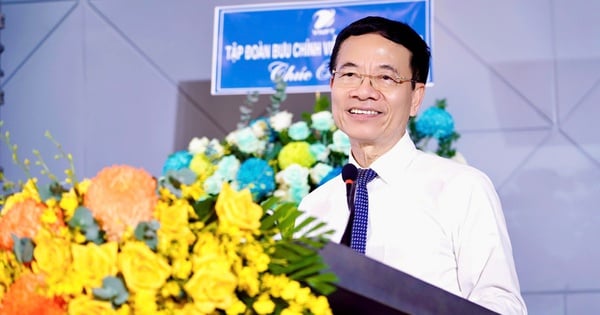








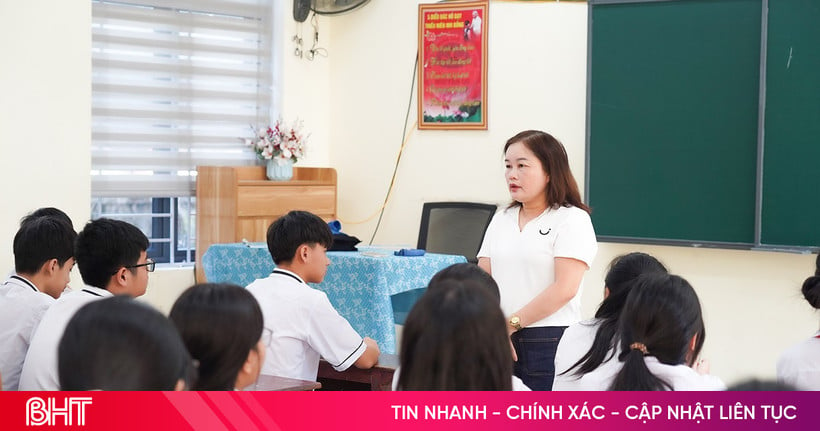

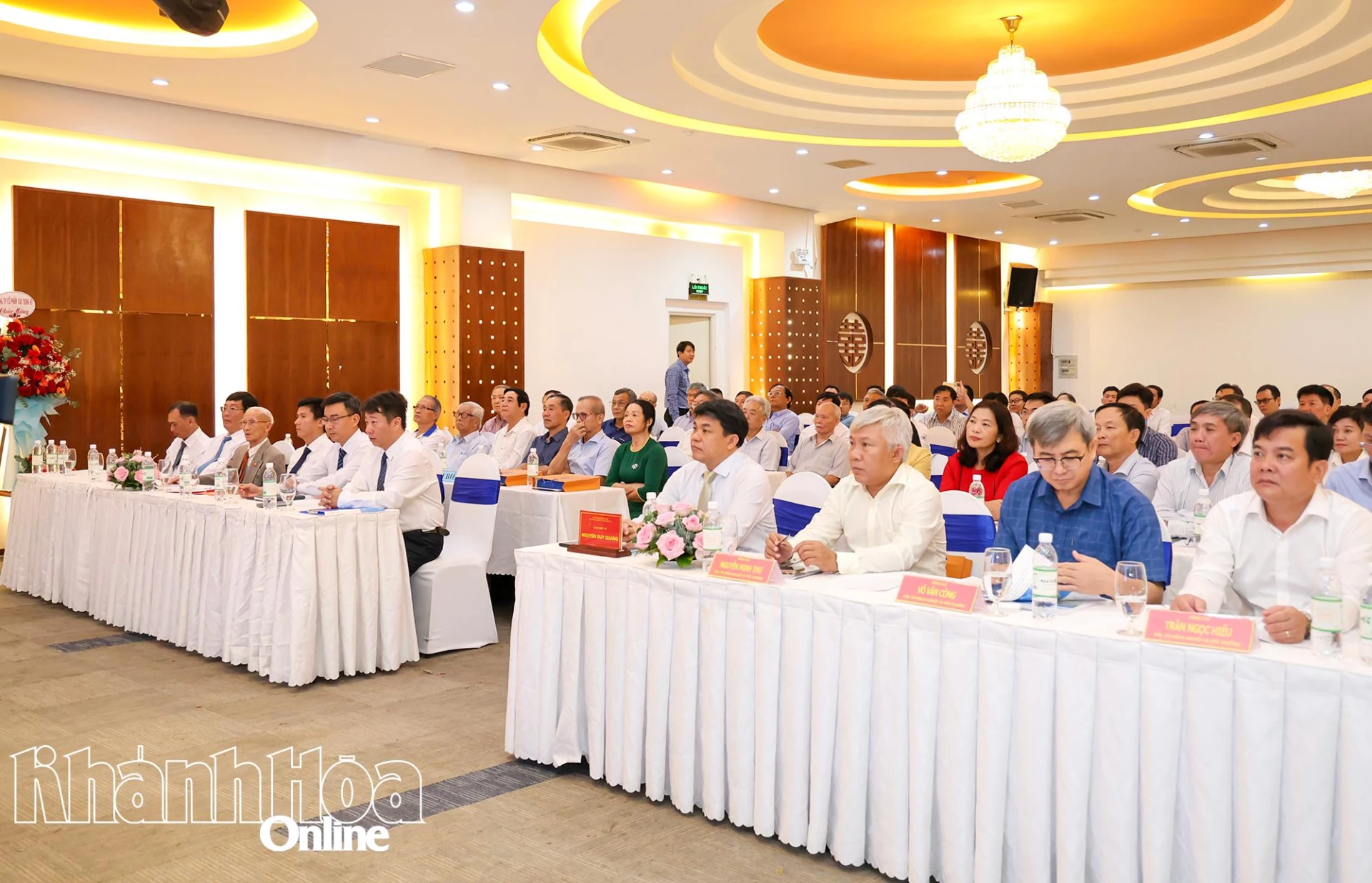

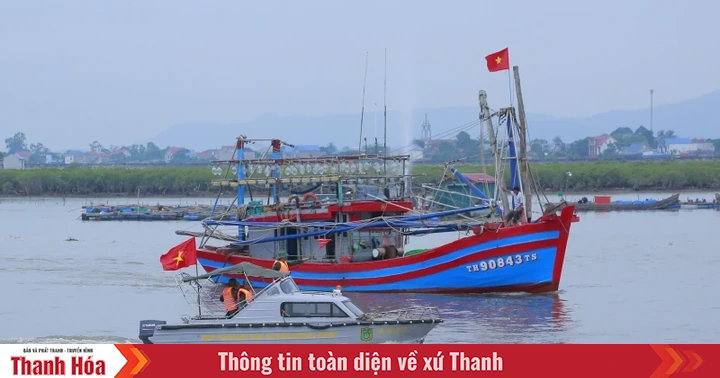
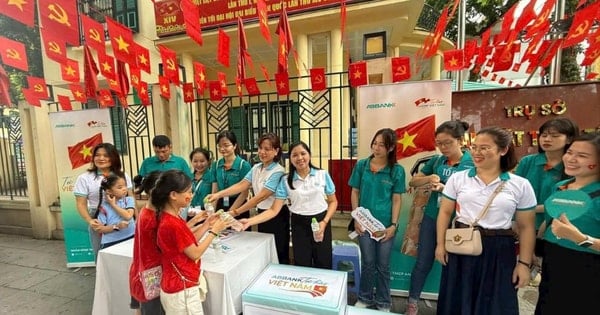

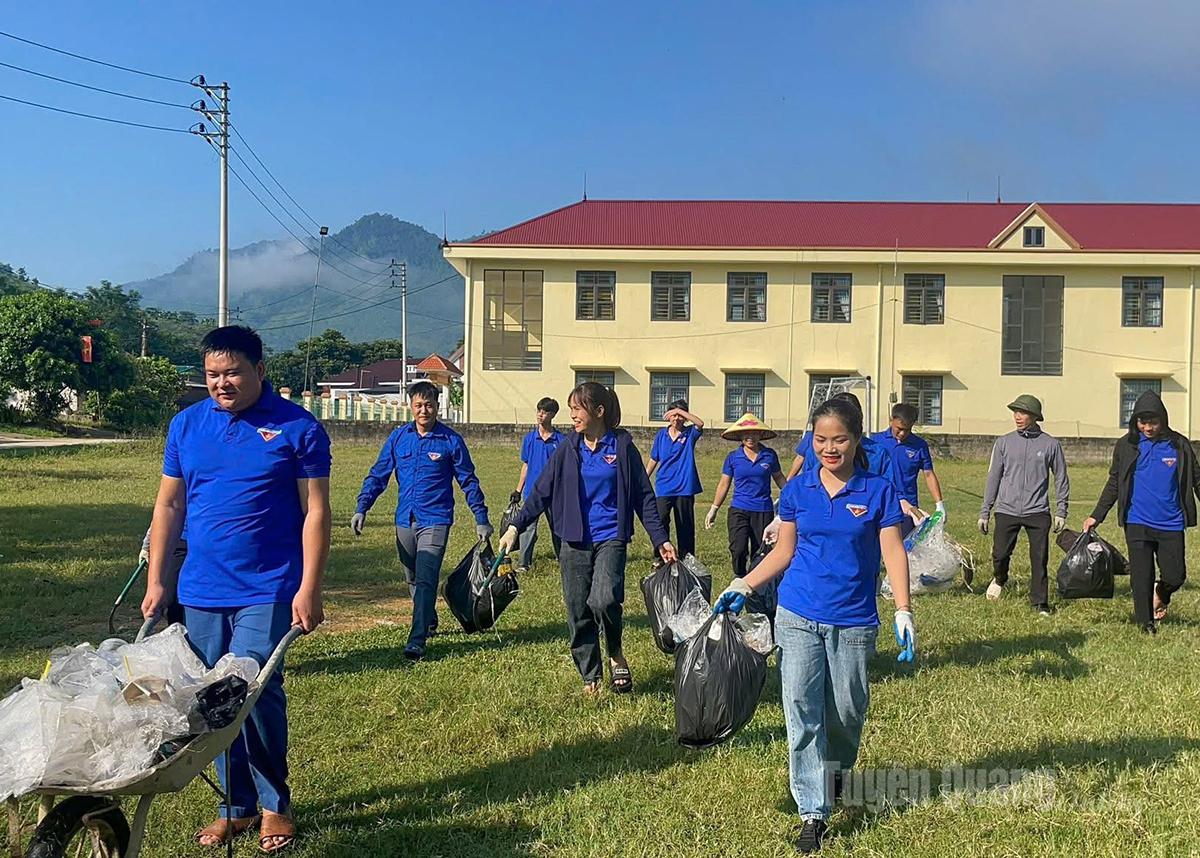
















Comment (0)